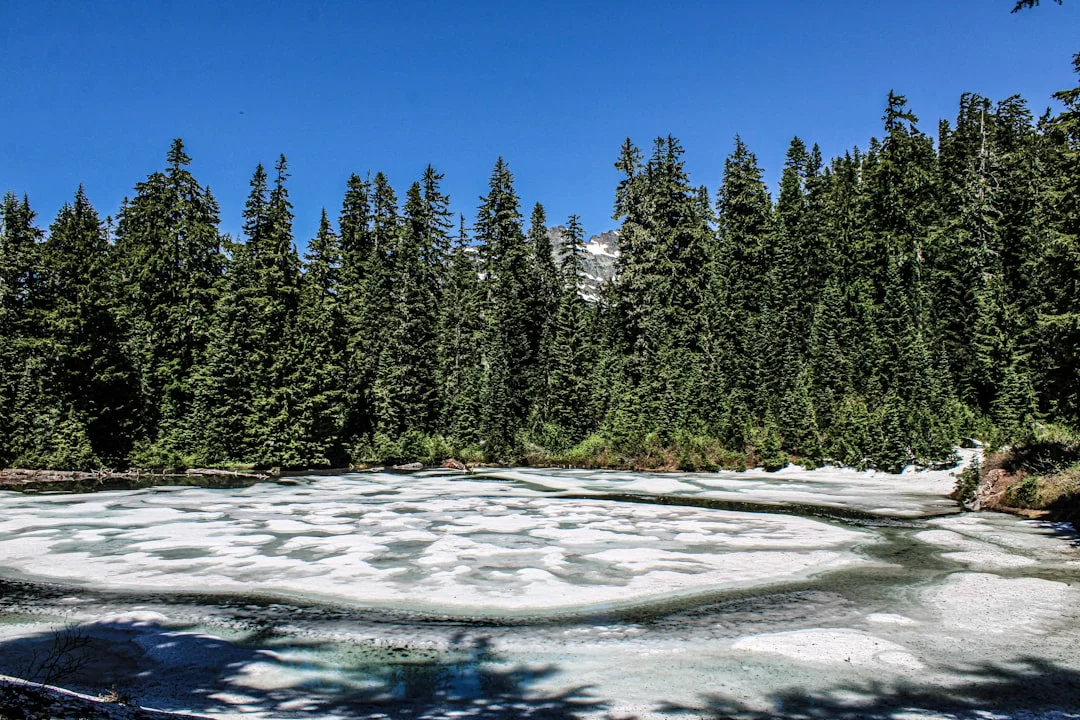Global Warming: An Extensive Overview A major concern of the twenty-first century, global warming has drawn the interest of scientists, decision-makers, and the public at large. The average surface temperature of the Earth has been rising over time, a phenomenon that is mostly caused by human activity that releases greenhouse gases into the atmosphere. The environment, human health, wildlife, and economies around the world are all significantly impacted by global warming. Addressing this issue is becoming more and more urgent as temperatures rise. There is broad scientific agreement that human activity, specifically the burning of fossil fuels and deforestation, is contributing to the planet’s rapid warming.
Key Takeaways
- Global warming is the long-term increase in Earth’s average surface temperature due to human activities, primarily the release of greenhouse gases.
- The main causes of global warming include the burning of fossil fuels, deforestation, and industrial processes that release greenhouse gases into the atmosphere.
- Global warming has led to rising sea levels, extreme weather events, and disruptions to ecosystems and natural habitats.
- Wildlife is being affected by global warming through habitat loss, changes in migration patterns, and increased risk of extinction.
- Human health is impacted by global warming through increased heat-related illnesses, air pollution, and the spread of diseases carried by insects.
The world is already experiencing the effects of this warming, such as melting ice caps and more frequent and extreme weather events. Developing practical plans to lessen its effects and adjust to the changes it brings requires an understanding of global warming. The purpose of this article is to examine the causes, consequences, & possible remedies for global warming while highlighting the necessity of group efforts.
The atmospheric buildup of greenhouse gases is the main cause of global warming. Among the main contributors are nitrous oxide (N2O), carbon dioxide (CO2), and methane (CH4). This “greenhouse effect” causes the earth to warm as a result of these gases’ ability to retain solar heat.
The majority of CO2 emissions are caused by the burning of fossil fuels like coal, oil, and natural gas for energy. These emissions are mostly produced by transportation, industry, and the production of electricity. Deforestation contributes significantly to the acceleration of global warming, in addition to the burning of fossil fuels. Trees act as organic carbon sinks by absorbing CO2.
| Causes | Effects |
|---|---|
| Burning of fossil fuels | Rising sea levels |
| Deforestation | Extreme weather events |
| Industrial processes | Loss of biodiversity |
| Agricultural practices | Disruption of ecosystems |
Not only does this carbon storage capacity disappear when forests are cut down for urbanization or agriculture, but the removal of trees also returns stored carbon to the atmosphere. Methane from livestock production and nitrous oxide from synthetic fertilizers are two more ways that agricultural practices increase greenhouse gas emissions. When taken as a whole, these human endeavors have caused the concentrations of greenhouse gases in the atmosphere to rise to an unprecedented level.
Wide-ranging and complex are the effects of global warming on the environment. Global warming is one of the most obvious effects, as it has caused heatwaves to occur more frequently and with greater intensity. These sudden increases in temperature have the potential to upset ecosystems and cause many species to lose their habitat. Also, warming temperatures cause glaciers and polar ice caps to melt, raising sea levels that endanger ecosystems and coastal communities. An additional important effect of global warming is modifications to precipitation patterns.
While some areas suffer from protracted droughts, others see an increase in rainfall & flooding. Food insecurity and unstable economies can result from these changes in agricultural production. Also, seawater’s increased absorption of CO2 causes ocean acidification, which is a serious threat to marine life, especially coral reefs and shellfish. As these changes take place, the fragile equilibrium of marine ecosystems is in jeopardy.
The inability of many species to adapt to quickly changing environments is one of the major effects of global warming on wildlife. Certain animals may have a harder time surviving in their natural ranges as temperatures rise & habitats change. For example, polar bears depend on sea ice to hunt seals; as ice melts as a result of warming temperatures, their hunting grounds are reduced, endangering their existence. Also, many species experience disruptions in their breeding cycles & migration patterns due to global warming. Because of changes in weather patterns, birds that migrate according to seasonal cues may reach their destinations too early or too late.
Reproductive success and food availability may not match as a result of this misalignment. As a result of being pushed into new habitats that might already be occupied by other organisms, many species also experience increased competition for resources. As a result of species’ inability to adapt to these changes, ecosystems’ overall biodiversity is in danger. Global warming’s effects go beyond environmental issues; there are serious health risks to people as well. During heatwaves, rising temperatures can worsen heat-related illnesses and raise death rates. Particularly vulnerable groups are those with pre-existing medical conditions and the elderly.
Also, by increasing the habitats of disease-carrying vectors like ticks and mosquitoes, warmer temperatures can aid in the spread of infectious diseases. Another serious health issue associated with global warming is air quality. Rising temperatures have the potential to increase ground-level ozone concentrations, a dangerous air pollutant that aggravates respiratory diseases like asthma & chronic obstructive pulmonary disease (COPD). Extreme weather events, like hurricanes, floods, & wildfires, can also cause harm to impacted communities, including injuries, displacement, and cognitive problems.
Given the interdependence of public health and climate change, comprehensive approaches to addressing both issues are desperately needed. Global warming’s effects on the economy are extensive and intricate. Businesses like agriculture, fishing, and tourism are facing serious difficulties as climate change worsens. Changing weather patterns and increased pest pressures can cause crop yields to decline, which could result in food shortages and price increases. Likewise, changes in ocean temperatures and acidification may have an adverse effect on fisheries, affecting livelihoods that rely on marine resources.
Global warming’s effects also pose a threat to infrastructure. Cities along the coast face erosion & flooding due to rising sea levels, requiring expensive relocations or adaptations. Severe weather conditions can harm power lines, roads, bridges, and other infrastructure, resulting in high repair costs & negative economic effects. In addition to governments, people and businesses that need to adjust to a changing environment also bear the financial burden of climate change.
Nations worldwide have launched a number of initiatives to address climate change in response to the escalating threat posed by global warming. Nearly 200 nations ratified the historic Paris Agreement in 2015, pledging to keep the increase in global temperatures well below 2 degrees Celsius over pre-industrial levels. The significance of lowering greenhouse gas emissions through national commitments known as Nationally Determined Contributions (NDCs) is emphasized by this international agreement. Numerous grassroots movements & organizations are promoting sustainable practices and policies at the local level in addition to international agreements. As viable substitutes for fossil fuels, renewable energy sources like wind and solar are becoming more & more popular. Initiatives for reforestation also seek to conserve biodiversity and restore natural carbon sinks.
Campaigns for public awareness are essential for informing people about their carbon footprints and promoting sustainable lifestyle choices. The unprecedented challenge of global warming necessitates quick action from people, communities, governments, and organizations everywhere. There is no doubt that human activity is causing climate change at a startling rate, with profound effects on both human societies and the planet’s ecosystems. In order to reduce its effects through sustainable practices and policies, it is essential that group efforts be increased.
People can make a difference by lowering their carbon footprints through energy conservation, environmentally friendly transportation options, and support for renewable energy projects. By supporting regional sustainability initiatives and pushing for laws that put environmental preservation first, communities can build resilience. Governments must fund research and development for sustainable technologies while pledging to meet aggressive climate targets. In the fight against global warming, every effort matters, so the time to act is now.
People can create a more sustainable future for future generations by cooperating in all spheres of society.



